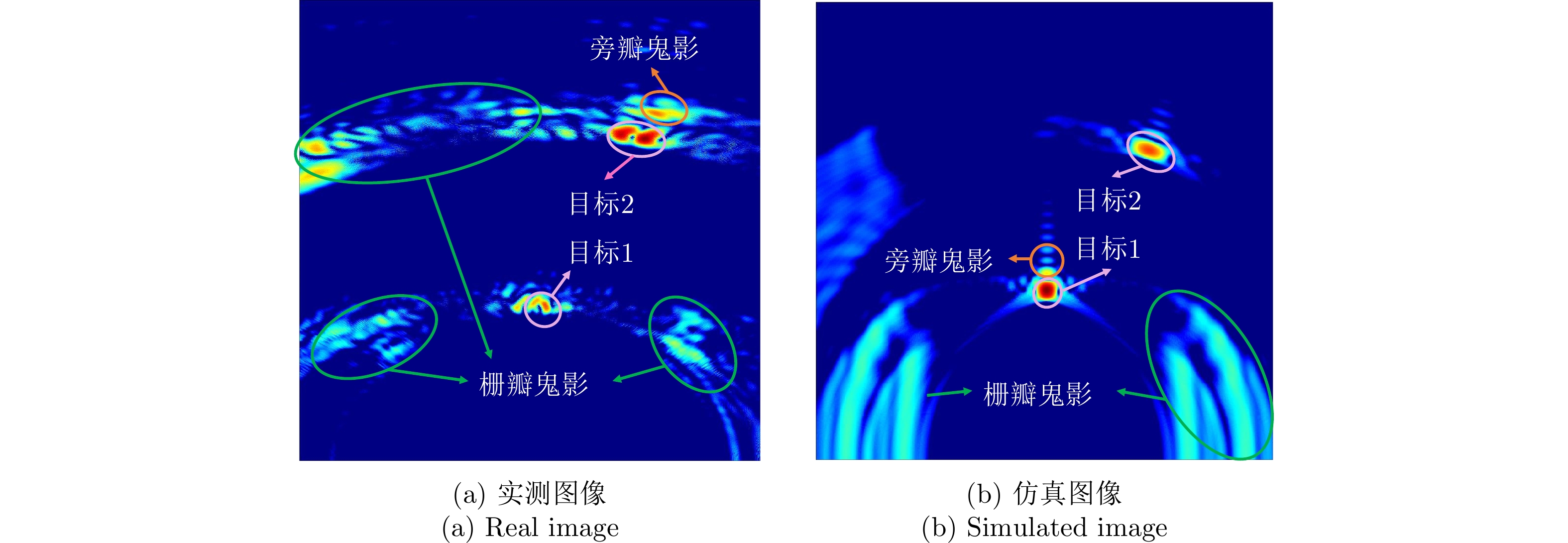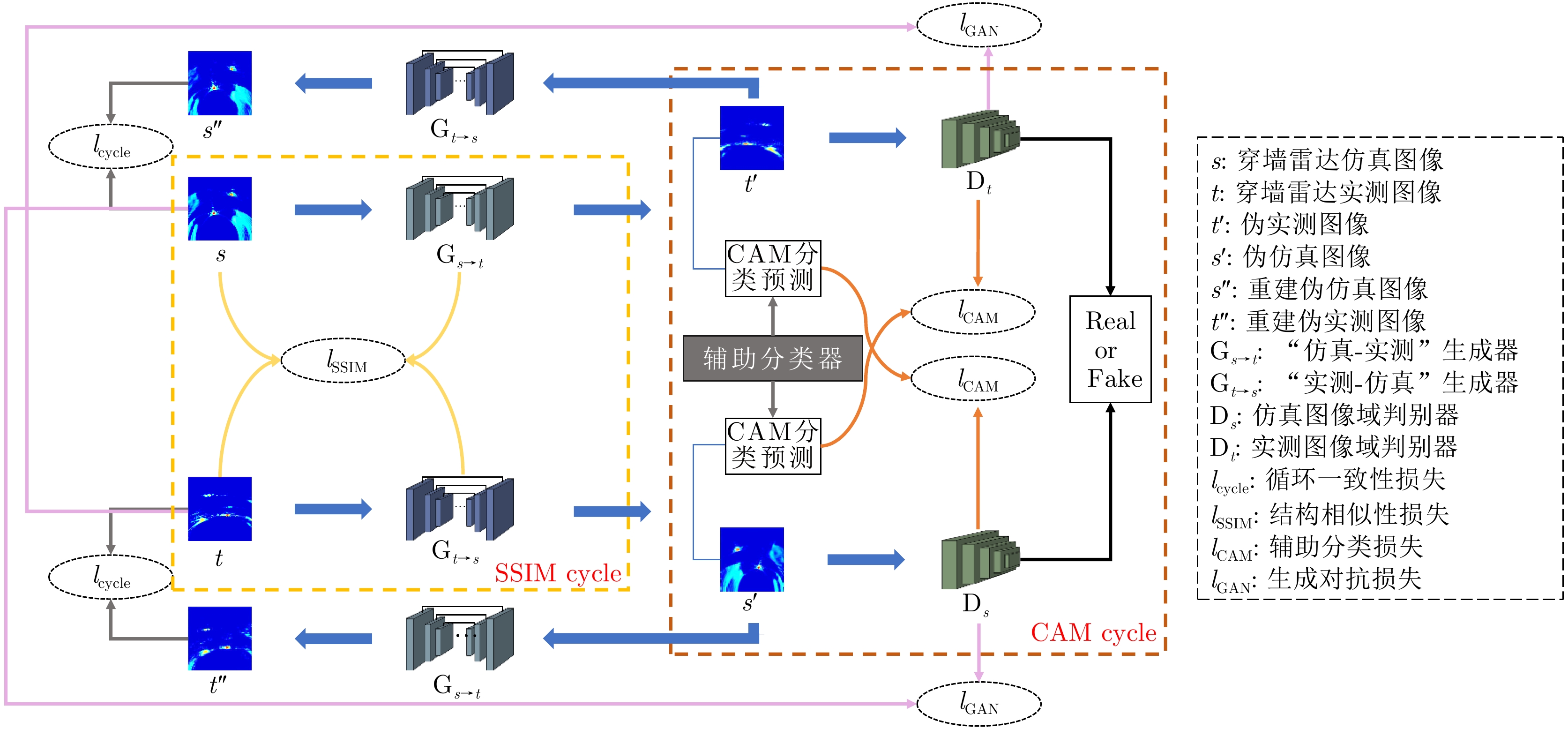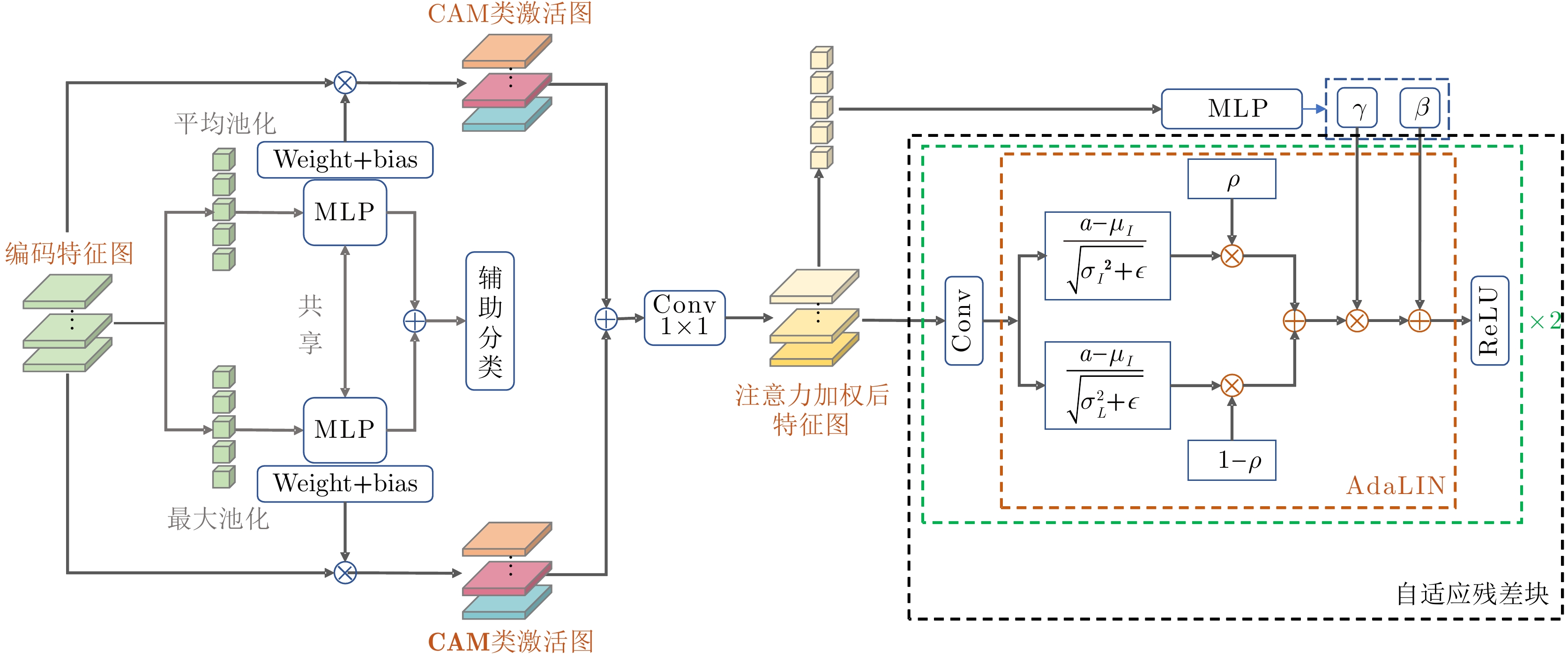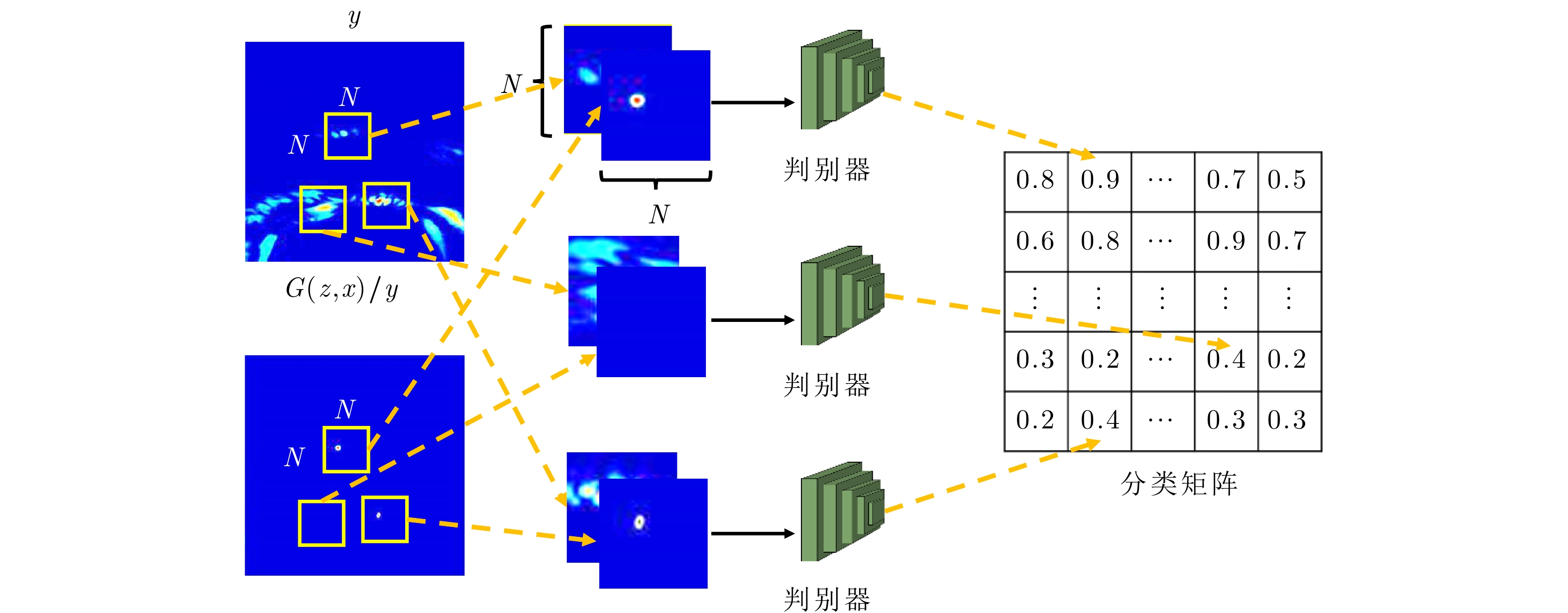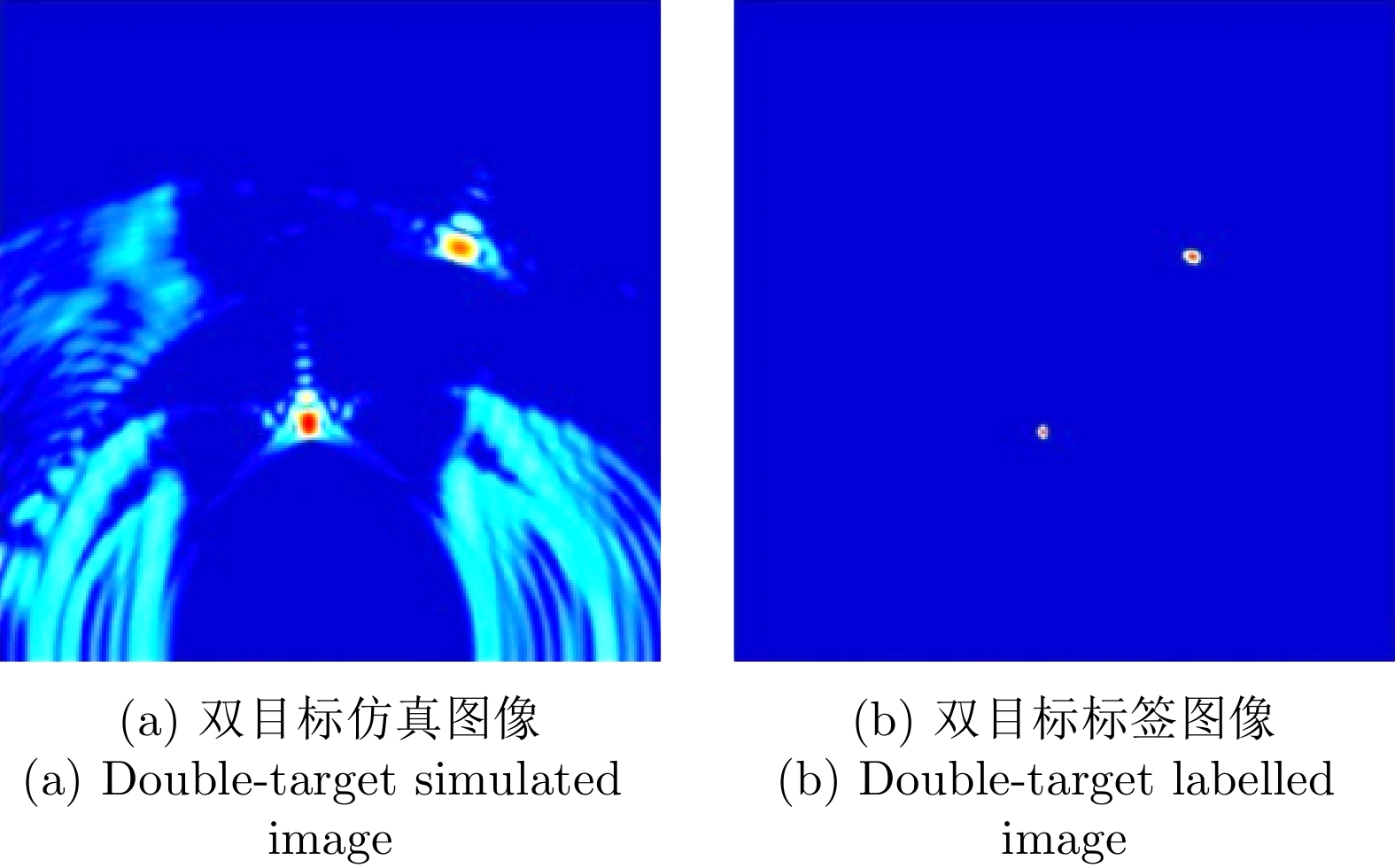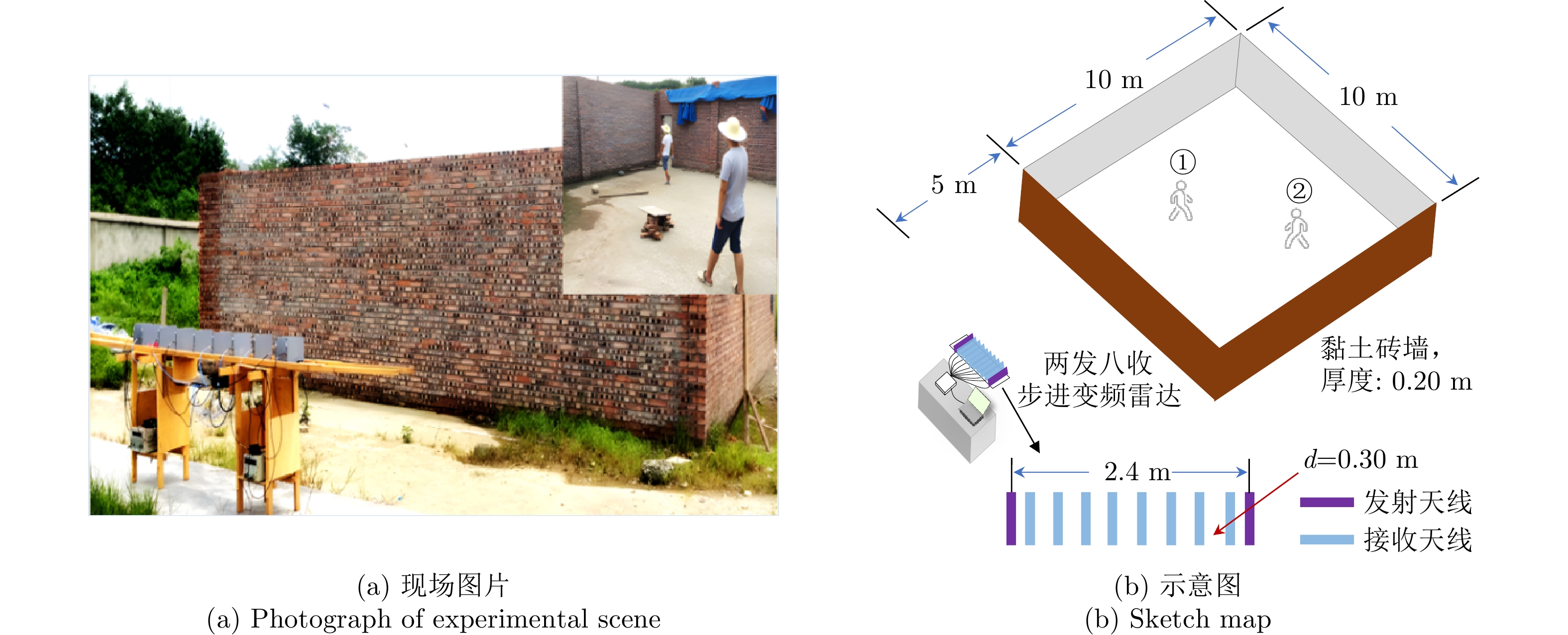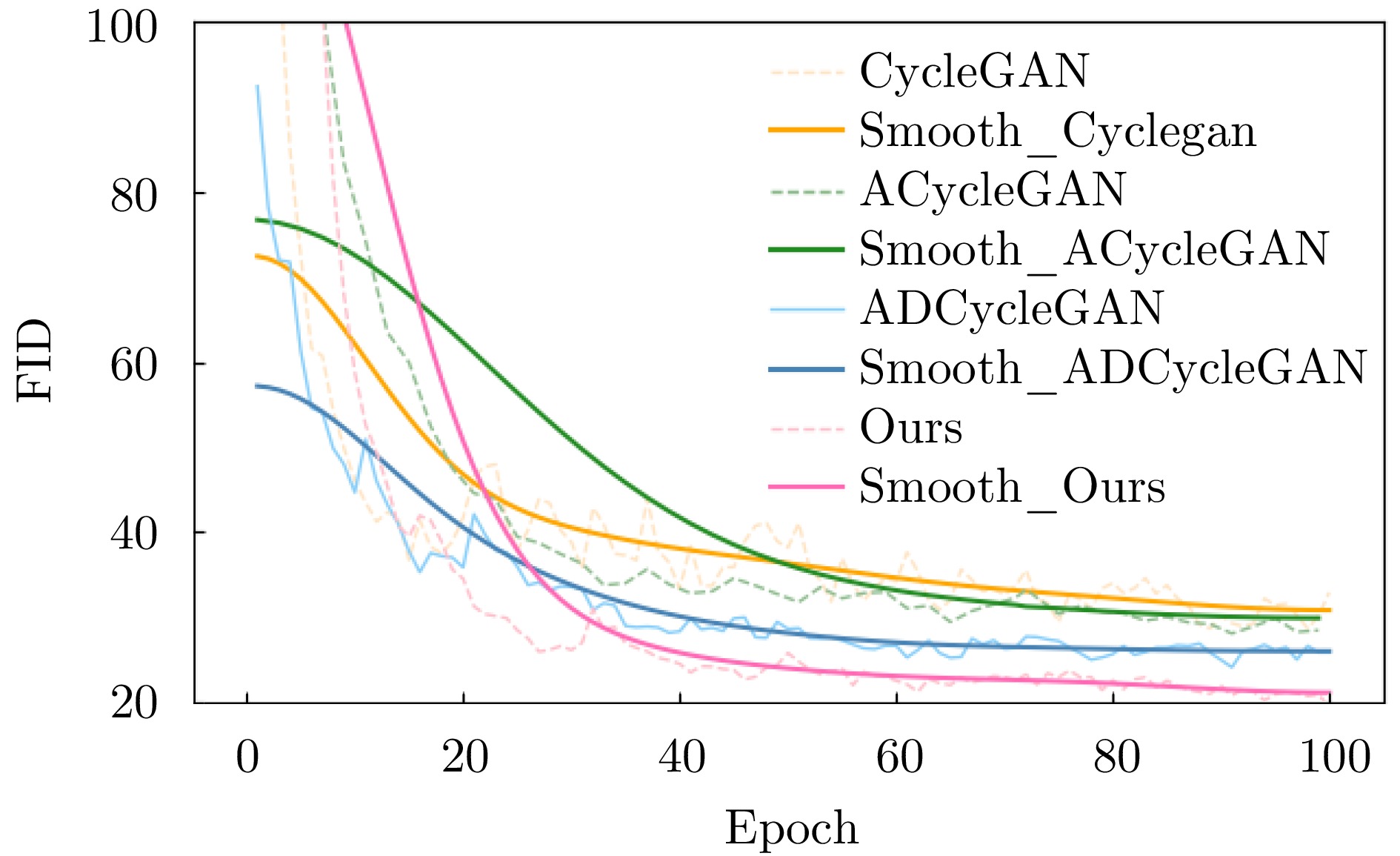| [1] |
AMIN M G. Through-The-Wall Radar Imaging[M]. Boca Raton, USA: CRC Press, 2017: 7–11. doi: 10.1201/9781315218144. |
| [2] |
NKWARI P K M, SINHA S, and FERREIRA H C. Through-the-wall radar imaging: A review[J]. IETE Technical Review, 2018, 35(6): 631–639. doi: 10.1080/02564602.2017.1364146. |
| [3] |
金添, 宋勇平, 崔国龙, 等. 低频电磁波建筑物内部结构透视技术研究进展[J]. 雷达学报, 2021, 10(3): 342–359. doi: 10.12000/JR20119. JIN Tian, SONG Yongping, CUI Guolong, et al. Advances on penetrating imaging of building layout technique using low frequency radio waves[J]. Journal of Radars, 2021, 10(3): 342–359. doi: 10.12000/JR20119. |
| [4] |
CUI Guolong, KONG Lingjiang, and YANG Jianyu. A back-projection algorithm to stepped-frequency synthetic aperture through-the-wall radar imaging[C]. 1st Asian and Pacific Conference on Synthetic Aperture Radar, Huangshan, China, 2007: 123–126. doi: 10.1109/APSAR.2007.4418570. |
| [5] |
WU Yirong, HONG Wen, ZHANG Bingchen, et al. Current developments of sparse microwave imaging[J]. Journal of Radars, 2014, 3(4): 383–395. doi: 10.3724/SP.J.1300.2014.14105. |
| [6] |
YOOON Y S and AMIN M G. Through-the-wall radar imaging using compressive sensing along temporal frequency domain[C]. IEEE International Conference on Acoustics, Speech and Signal Processing, Dallas, USA, 2010: 2806–2809. doi: 10.1109/ICASSP.2010.5496199. |
| [7] |
LI Minchao, XI Xiaoli, SONG Zhongguo, et al. Multitarget time-reversal radar imaging method based on high-resolution hyperbolic radon transform[J]. IEEE Geoscience and Remote Sensing Letters, 2022, 19: 1–5. doi: 10.1109/LGRS.2021.3054119. |
| [8] |
ODEDO V C, YAVUZ M E, COSTEN F, et al. Time reversal technique based on spatiotemporal windows for through the wall imaging[J]. IEEE Transactions on Antennas and Propagation, 2017, 65(6): 3065–3072. doi: 10.1109/TAP.2017.2696421. |
| [9] |
LI Lianlin, ZHANG Wenji, and LI Fang. A novel autofocusing approach for real-time through-wall imaging under unknown wall characteristics[J]. IEEE Transactions on Geoscience and Remote Sensing, 2010, 48(1): 423–431. doi: 10.1109/TGRS.2009.2024686. |
| [10] |
JIA Yong, GUO Yong, CHEN Shengyi, et al. Multipath ghost and side/grating lobe suppression based on stacked generative adversarial nets in MIMO through-wall radar imaging[J]. IEEE Access, 2019, 7: 143367–143380. doi: 10.1109/ACCESS.2019.2945859. |
| [11] |
CHEN Guohao, CUI Guolong, KONG Lingjiang, et al. Robust multiple human targets tracking for through-wall imaging radar[C]. 2018 21st International Conference on Information Fusion, Cambridge, UK, 2018: 1–5. doi: 10.23919/ICIF.2018.8455343. |
| [12] |
JIA Yong, KONG Lingjiang, YANG Xiaobo, et al. Target detection in multi-channel through-wall-radar imaging[C]. 2012 IEEE Radar Conference, Atlanta, USA, 2012: 539–542. doi: 10.1109/RADAR.2012.6212199. |
| [13] |
YAO Xue, KONG Lingjiang, YI Chuan, et al. A new wall compensation algorithm for through-the-wall radar imaging[J]. Radar Science and Technology, 2014, 12(6): 654–658. doi: 10.3969/j.issn.1672-2337.2014.06.017. |
| [14] |
LI Shiyong, AMIN M G, AN Qiang, et al. 2-D coherence factor for sidelobe and ghost suppressions in radar imaging[J]. IEEE Transactions on Antennas and Propagation, 2020, 68(2): 1204–1209. doi: 10.1109/TAP.2019.2938581. |
| [15] |
LU Biying, SUN Xin, ZHAO Yang, et al. Phase coherence factor for mitigation of sidelobe artifacts in through-the-wall radar imaging[J]. Journal of Electromagnetic Waves and Applications, 2013, 27(6): 716–725. doi: 10.1080/09205071.2013.774111. |
| [16] |
LIU Jiangang, JIA Yong, KONG Lingjiang, et al. Sign-coherence-factor-based suppression for grating lobes in through-wall radar imaging[J]. IEEE Geoscience and Remote Sensing Letters, 2016, 13(11): 1681–1685. doi: 10.1109/LGRS.2016.2603982. |
| [17] |
AN Qiang, HORRFAR A, ZHANG Wenji, et al. Range coherence factor for down range sidelobes suppression in radar imaging through multilayered dielectric media[J]. IEEE Access, 2019, 7: 66910–66918. doi: 10.1109/ACCESS.2019.2911693. |
| [18] |
SENG C H, BOUZERDOUM A, AMIN M G, et al. Two-stage fuzzy fusion with applications to through-the-wall radar imaging[J]. IEEE Geoscience and Remote Sensing Letters, 2013, 10(4): 687–691. doi: 10.1109/LGRS.2012.2218570. |
| [19] |
SENG C H, BOUZERDOUM A, AMIN M G, et al. Probabilistic fuzzy image fusion approach for radar through wall sensing[J]. IEEE Transactions on Image Processing, 2013, 22(12): 4938–4951. doi: 10.1109/TIP.2013.2279953. |
| [20] |
JIA Yong, ZHONG Xiaoling, LIU Jiangang, et al. Single-side two-location spotlight imaging for building based on MIMO through-wall-radar[J]. Sensors, 2016, 16(9): 1441. doi: 10.3390/s16091441. |
| [21] |
LI Huquan, CUI Guolong, GUO Shisheng, et al. Human target detection based on FCN for through-the-wall radar imaging[J]. IEEE Geoscience and Remote Sensing Letters, 2021, 18(9): 1565–1569. doi: 10.1109/LGRS.2020.3006077. |
| [22] |
QU Lele, WANG Changan, YANG Tianhong, et al. Enhanced through-the-wall radar imaging based on deep layer aggregation[J]. IEEE Geoscience and Remote Sensing Letters, 2022, 19: 4023705. doi: 10.1109/LGRS.2022.3171714. |
| [23] |
VISHWAKARMA S and RAM S S. Mitigation of through-wall distortions of frontal radar images using denoising autoencoders[J]. IEEE Transactions on Geoscience and Remote Sensing, 2020, 58(9): 6650–6663. doi: 10.1109/TGRS.2020.2978440. |
| [24] |
ZHANG Huiyuan, SONG Ruiyuan, CHEN Shengyi, et al. Target imaging based on generative adversarial nets in through-wall radar imaging[C]. International Conference on Control, Automation and Information Sciences, Chengdu, China, 2019: 1–6. doi: 10.1109/ICCAIS46528.2019.9074694. |
| [25] |
JIA Yong, SONG Ruiyuan, CHEN Shengyi, et al. Preliminary results of multipath ghost suppression based on generative adversarial nets in TWRI[C]. IEEE 4th International Conference on Signal and Image Processing, Wuxi, China, 2019: 208–212. doi: 10.1109/SIPROCESS.2019.8868597. |
| [26] |
HUANG Shaoyin, QIAN Jiang, WANG Yong, et al. Through-the-wall radar super-resolution imaging based on cascade U-net[C]. IEEE International Geoscience and Remote Sensing Symposium, Yokohama, Japan, 2019: 2933–2936. doi: 10.1109/IGARSS.2019.8900569. |
| [27] |
GAMIN Y, USTINOVA E, AJAKAN H, et al. Domain-adversarial training of neural networks[J]. The Journal of Machine Learning Research, 2016, 17(59): 1–35. doi: 10.48550/arXiv.1505.07818. |
| [28] |
ZHU Junyan, PAKR T, ISOLA P, et al. Unpaired image-to-image translation using cycle-consistent adversarial networks[C]. 2017 IEEE International Conference on Computer Vision, Venice, Italy, 2017: 2242–2251. doi: 10.1109/ICCV.2017.244. |
| [29] |
JANA R and KOCUR D. Compensation of wall effect for through wall tracking of moving targets[J]. Radioengineering, 2009, 18(2): 189–195.
|
| [30] |
FAN Cangning, LIU Peng, XIAO Ting, et al. A review of deep domain adaptation: General situation and complex situation[J]. Acta Automatica Sinica, 2021, 47(3): 515–548. doi: 10.16383/j.aas.c200238. |
| [31] |
KIM J, KIM M, KANG H, et al. U-GAT-IT: Unsupervised generative attentional networks with adaptive layer-instance normalization for image-to-image translation[C]. 8th International Conference on Learning Representations, Addis Ababa, Ethiopia, 2020.
|
| [32] |
ULYANOV D, VEDALDI A, and LEMPITSKY V. Instance normalization: The missing ingredient for fast stylization[EB/OL]. https://arXiv.org/abs/1607.08022, 2016.
|
| [33] |
BA J L, KIROS J R, and HINTON G E. Layer normalization[EB/OL]. https://arXiv.org/abs/1607.06450, 2016.
|
| [34] |
HE Kaiming, ZHANG Xiangyu, REN Shaoqing, et al. Deep residual learning for image recognition[C]. 2016 IEEE Conference on Computer Vision and Pattern Recognition (CVPR), Las Vegas, USA, 2016: 770–778. doi: 10.1109/CVPR.2016.90. |
| [35] |
SHORTEN C and KHOSHGOFTAAR T M. A survey on image data augmentation for deep learning[J]. Journal of Big Data, 2019, 6(1): 60. doi: 10.1186/s40537-019-0197-0. |
| [36] |
WANG Zhou, BOVIK A C, SHEIKH H R, et al. Image quality assessment: From error visibility to structural similarity[J]. IEEE Transactions on Image Processing, 2004, 13(4): 600–612. doi: 10.1109/TIP.2003.819861. |
| [37] |
HEUSEL M, RAMSAUER H, UNTERTHINER T, et al. GANs trained by a two time-scale update rule converge to a local nash equilibrium[C]. 31st Conference on Neural Information Processing Systems, Long Beach, USA, 2017: 6629–6640. doi: 10.5555/3295222.3295408. |
| [38] |
WANG Qiang and BI Sheng. Prediction of the PSNR quality of decoded images in fractal image coding[J]. Mathematical Problems in Engineering, 2016, 2016: 2159703. doi: 10.1155/2016/2159703. |




 Submit Manuscript
Submit Manuscript Peer Review
Peer Review Editor Work
Editor Work

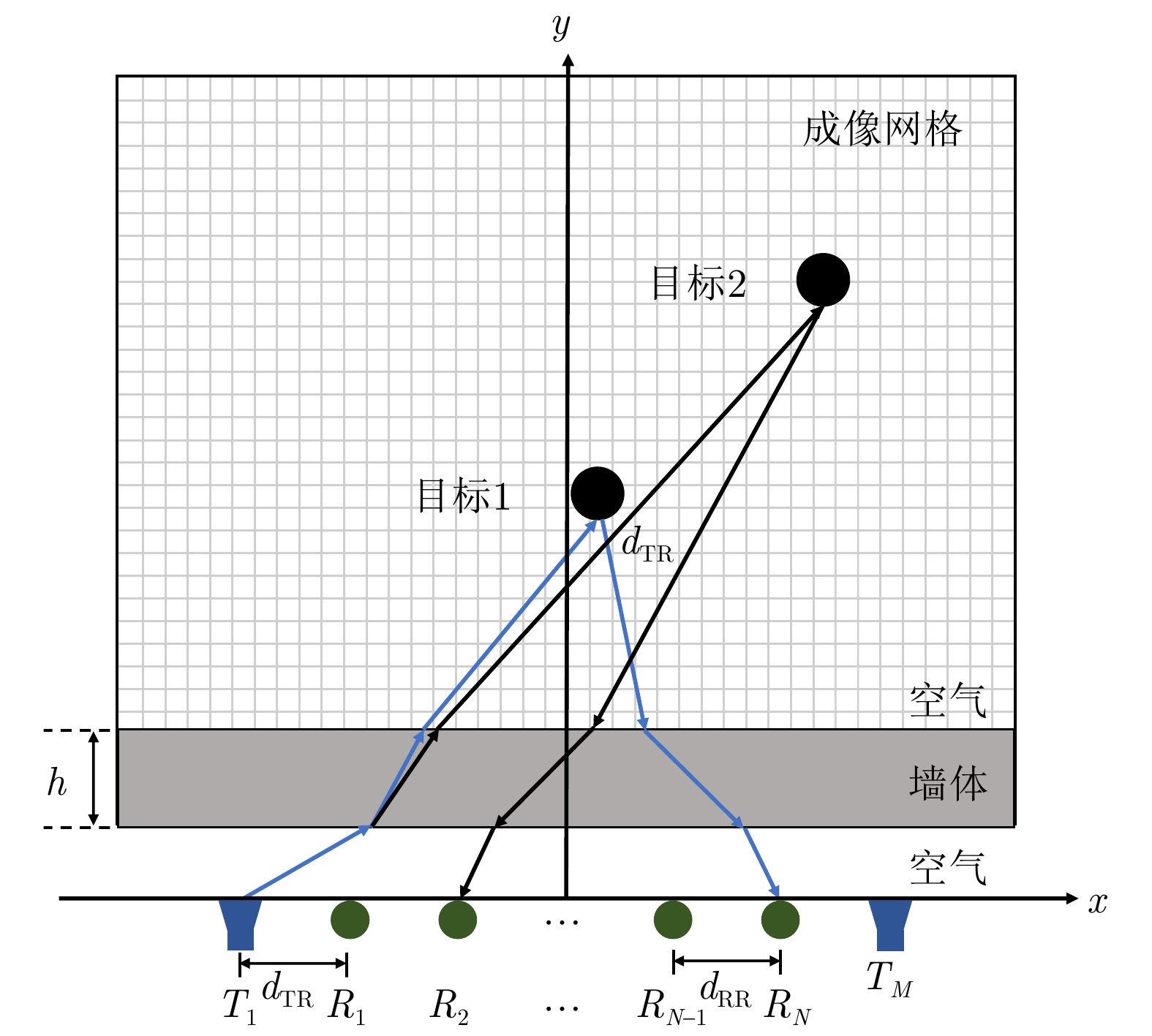



 DownLoad:
DownLoad:
